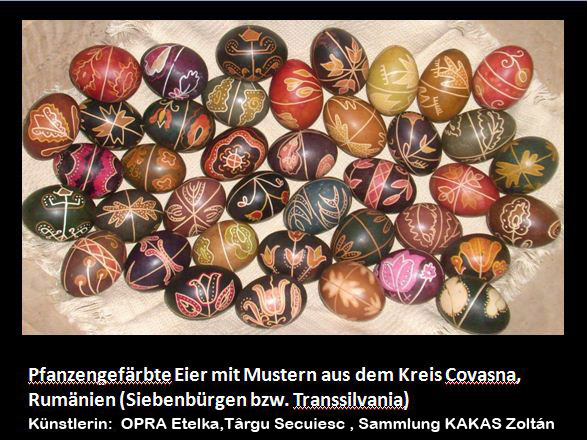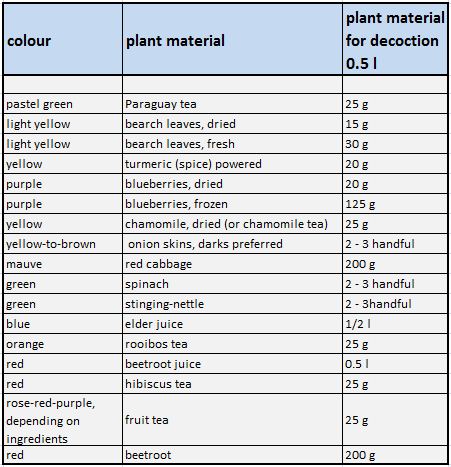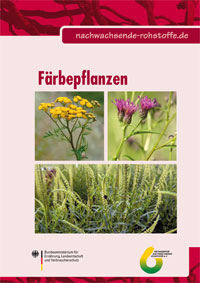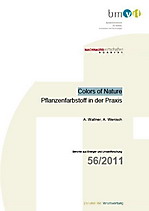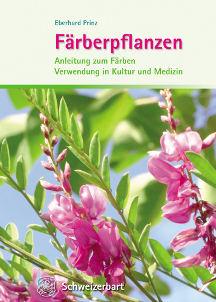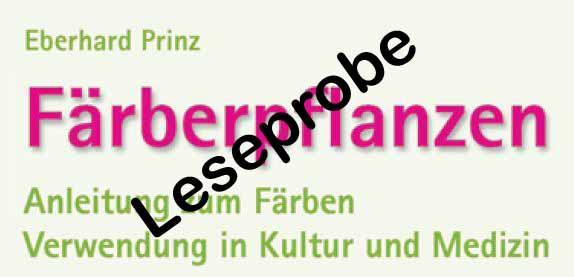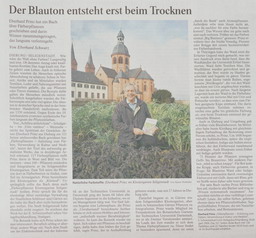For dyeing of eggs for Easter you may use vegetable dyes and avoid synthetical dyes. Mostly these plant dyes fit together rather harmonically. It is of importance to exclude poisonous plants such as ivy, pokeweed and others. Below you will find a description of the dye process. It is kept simple, works well even if in some cases process time could be shortened.
In the picture besides are shown vegetable dyed and decorated eggs from Romania, region Covasna, designed by the folk artist OPRA Etelka fom Târgu Secuiesc and collected by KAKAS Zoltán from Sfântu Gheorghe.
Dyeing of eggs with vegetable dyes
1. Cleaning of eggs
The eggs will be watered for 10 minutes in a water-vinegar solution. Afterwards they will be washed thoroughly. It is important to avoid any grease upon the eggshells afterwards. (i.e. of fingers ..)
2. Preparing of decoction
Plant material will be trenched very fine and soaked overnight. Next day the liquid with the plant material will be simmered for 60 minutes. Afterwards the decoction will be filtered. Additionally 2 grams of dissolved potassium alum will be added per 0.5 l of decoction.
3. Dyeing of eggs
The normal or blown eggs will be simmered in the decoction for 10 minutes. The boiled eggs will be removed and quenched with cold water. To deepen the colour the quenched boiled eggs may be returned in the decoction for one to two hours as the decoction is cooling down.
4. Treatment
By adding some vinegar to the decoction you may vary colour. When the colour is dry the shell might be oiled (olive oil) to get a polished surface.
5. Plant material for dyeing
